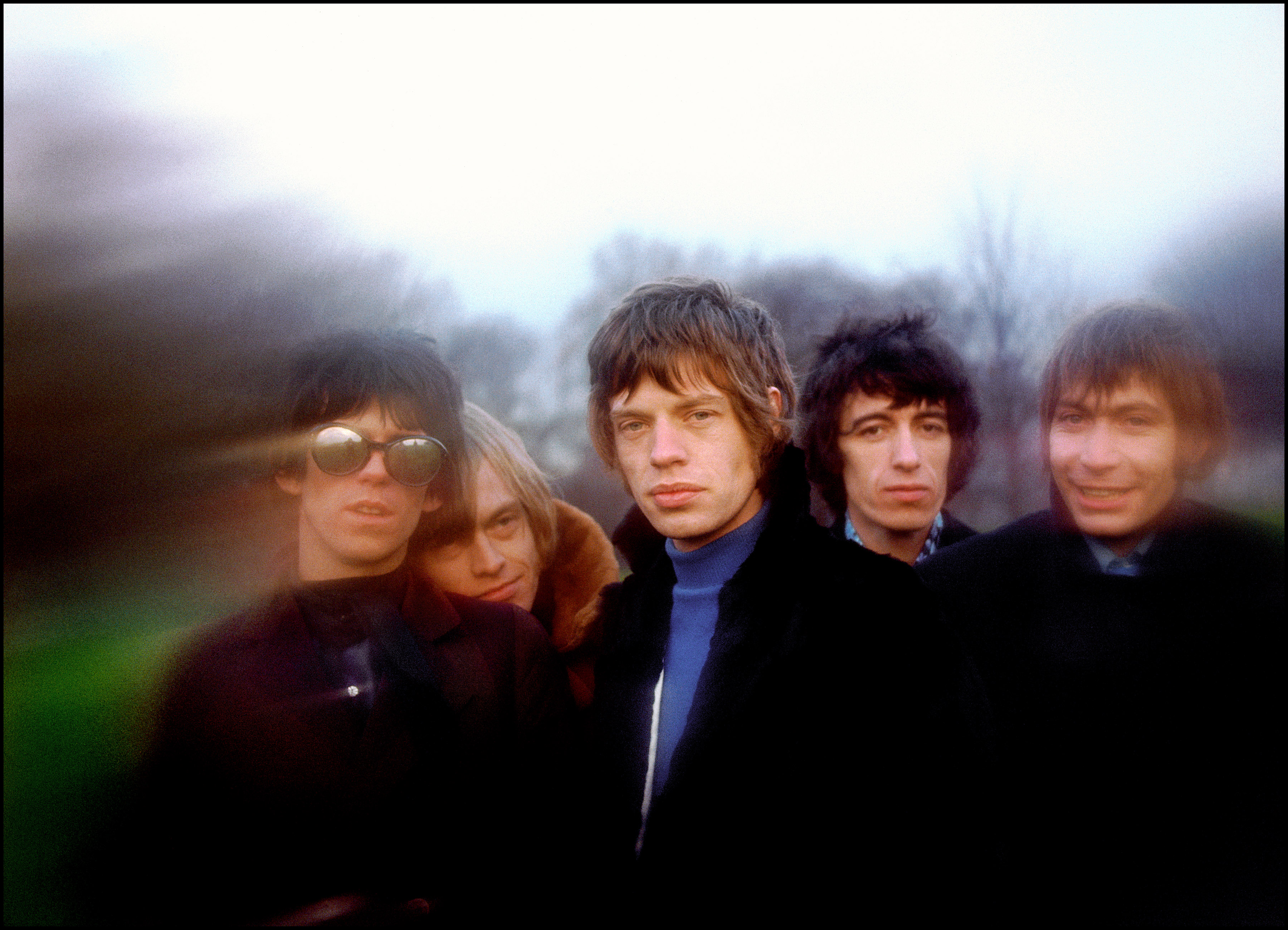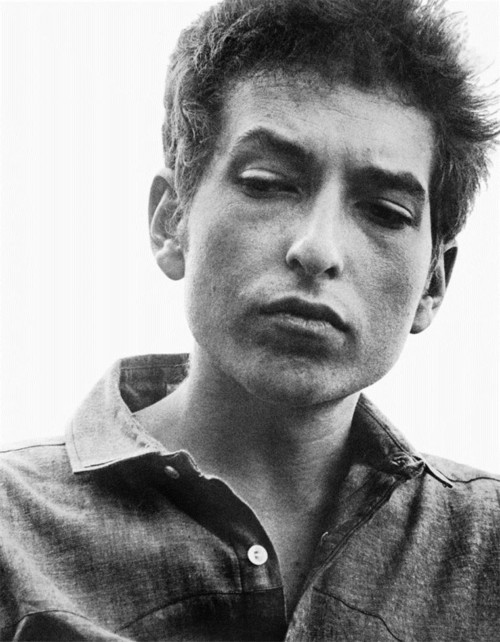-
Limited edition of 10 (+ 4 APs) signed, numbered handmade palladium prints made by David Michael Kennedy. Image size 22 x 32 inches approx. David Michael Kennedy recalls: "The cover shot was taken from the window of an old pick-up truck in the dead of winter. I was on a road trip, and my girlfriends brother was driving. We were in a super great snow storm and within minutes of this shot the storm hit hard and we were in total white out for hours. I thought that image might be my last! This was in the winter of 1975 and I had just finished a rough couple of months in New York City. I decided to take a road trip and have a bit of Rest and Relaxation. At that time I was doing a lot of fashion and advertising work as well as beginning to shoot covers but I really needed to get back to my roots and just do some images for me. So off on the road I went." "When Bruce was working on The Nebraska album he had an idea for a landscape in mind for the cover. He was working with Andy Klein as the art director on the cover. Andy was familiar with my portraits and she also was aware of my landscape work so she asked me to put together some of my landscapes to show to Bruce. He fell in love with the image (that became the cover) and knew it was right for the cover."
-
A variant of the 1966 album cover photograph. Gered recalls: "This photograph is an out-take from the "Between the Buttons" album cover session. It was taken very early on a beautiful morning after an all night recording session. The Stones always recorded through the night and I thought that their "look" after one of these gruelling sessions might capture an image that would be right for the time. The band's manager and producer Andrew Loog Oldham agreed, as did the band, and at about 5.30 a.m. we all set off in a procession of limousines for Primrose Hill. I had built a rather clumsy filter of black card, glass and Vaseline, which I hoped would create a strange, ethereal and slightly "stoned" look to the photos. In spite of Brian Jones being rather unhelpful some of the time, and all of us feeling the bitter early morning chill, the photos turned out better than I could have wished for and the cover image has become one of my most famous and enduring photos of the Stones". Prices are shown excluding VAT. This is added at checkout where applicable.
-
A bedrock for any Stones collection. Gered recalls: "This image became my first cover for the band, and was the fulfilment of a dream for me at the age of 18. The original negative for this image was lost years ago, probably stolen from my studio where security was lax to say the least, but it was recently returned to me, having been found in an old lock-up in West London. After careful restoration I am now able to produce these beautiful prints. One of these prints is now part of the permanent collection at the National Portrait Gallery in London." Prices are shown excluding VAT. This is added at checkout where applicable.
-
Archival silver gelatin photograph made by hand in the darkroom from the original negative on 16 x 20 inch (40x50cm) paper, signed by Pennie Smith on the front under the image. Price is shown for an unframed photograph excluding VAT. The classic London Calling album cover photograph. It is one of the most famous photographs in the history of rock ‘n’ roll. It is not cheap, but sometimes the good stuff has to hurt a little. The photograph shows Paul Simonon about to smash up his bass during a show at The Palladium, New York City on 21 September 1979. It is an acclaimed shot, receiving the ultimate accolade from Q Magazine by being voted the best rock and roll photograph of all time. Pennie had accompanied The Clash throughout their 1979 US tour, and very nearly didn’t attend this particular concert. In the end she chose to turn down the offer to go out with friends and ended up stage right at The Palladium. The band were used to getting a big response from their US audiences, but not on this night – The Palladium had fixed seating. Paul’s frustration turned to anger, and then he lost it completely. His watch stopped at 9.50pm.












